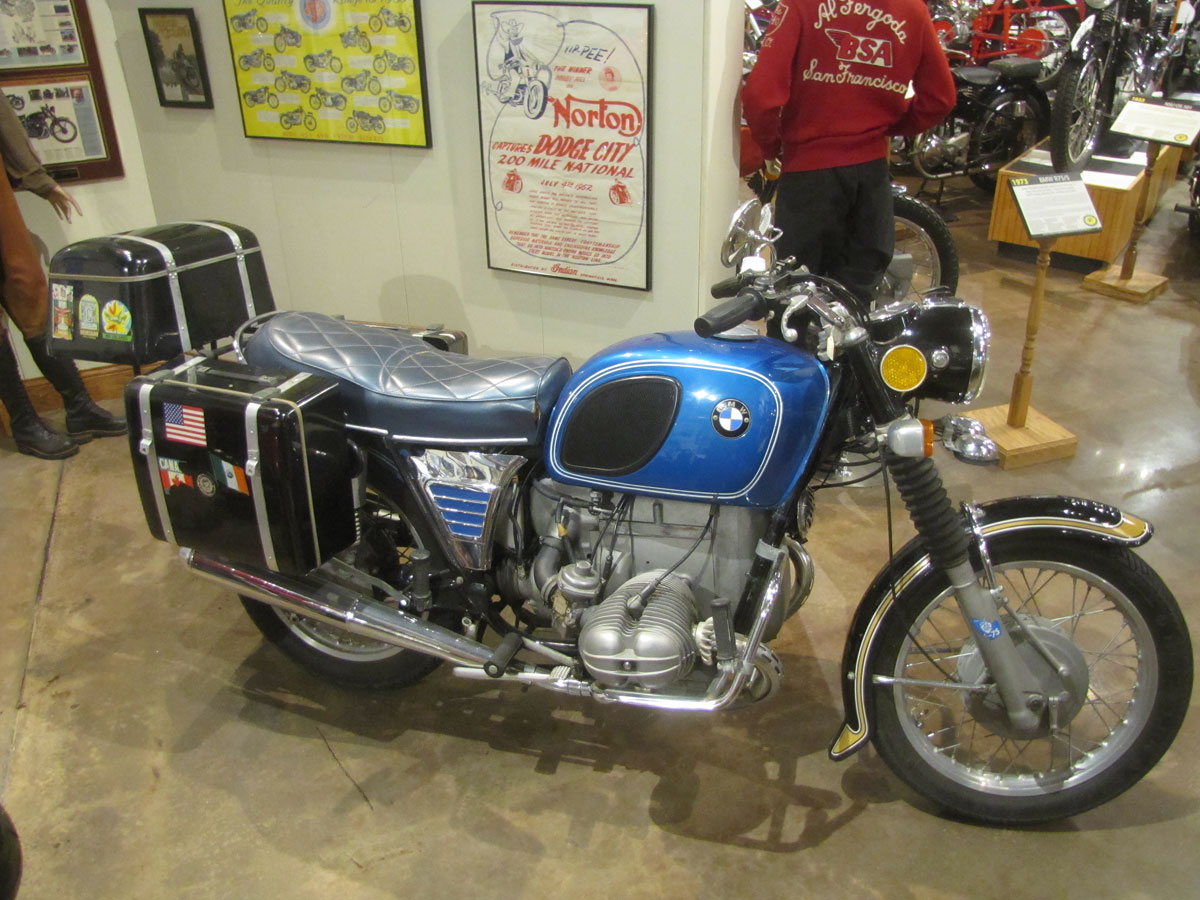
In late 1969 BMW modernized its boxer twins with the launch of the new “/5” (slash five) series with an all new frame, 12 volt electrical systems, electric starting, telescopic forks and better drum brakes. This particular BMW belonged to Cliff Boswell, pioneer touring motorcyclist, author of Two-Wheel Touring & Camping and one of the original inductees of the National Motorcycle Museum and Hall of Fame, then located in Sturgis, South Dakota.
The 1970’s began a period of quicker model changes for BMW as they were shifting away from their staid traditional appearance, the plunger rear suspension and Earles-style leading link forks then used on most models. BMW even experimented with lighter plastic fenders that helped get the weight of the new /5 down to about 460 pounds. But handling and high speed stability of the new /5 was less than perfect so BMW extended the swingarm in late 1973, then released the completely new /6 in 1974. The /6 was also the basis of the sportier, now highly sought after R90S.
Back in 1973, outside of maybe the Harley-Davidson Electra Glide, Honda or Kawasaki with their superlative fours, nobody made a machine as well suited for high speed touring and as reliable, easy to service as BMW. And BMWs have always been known for well designed luggage, saddlebags that are well mounted, water tight and easily accessed. The /5 might be considered the original “sport touring” bike.
Accessories on this R75/5 include the Craven panniers and tour pack, the Vetter “Rainy Day” front fender, safety bars, exhaust header shields, highway pegs, a pair of horns, plus a rebuilt seat. Boswell added the hooks to the saddlebags that allowed for strips of inner tube to be stretched over the top securing camping gear and other equipment. The fuel tank is not the typical chrome paneled “Toaster Tank” but an earlier design.
This classic BMW, donated by Cliff Boswell, is part of the collection of the National Motorcycle Museum and is on display with other European motorcycles.
Specifications:
-
- Engine: Opposed Twin
- Type: Overhead Valve, Air-Cooled
- Bore & Stroke: 82mm x 71mm
- Displacement: 749cc’s
- Compression Ratio: 9.0:1
- Induction: Dual Bing CV Carburetors
- Horsepower: 50HP
- Clutch: Single Plate, Dry
- Transmission: 4-Speed
- Starting: Electric & Kick
- Final Drive: Shaft Drive
- Ignition: 12V Battery / Coil/Points
- Frame: Double Loop Steel, Tubular
- Wheelbase: 54.5 Inches
- Front Fork: Telescopic / Hydraulic
- Rear Suspension: Swing Arm / Dual Shock Absorbers
- Brakes: Twin Leading Shoe Front / Single Leading Shoe Rear
- Wheels/Tires: 3.25″ x 19″, 4.00″ x 18”
- Weight: 462 Pounds With Fuel
- Top Speed: 108 mph
Leave a Reply
Want to join the discussion?Feel free to contribute!

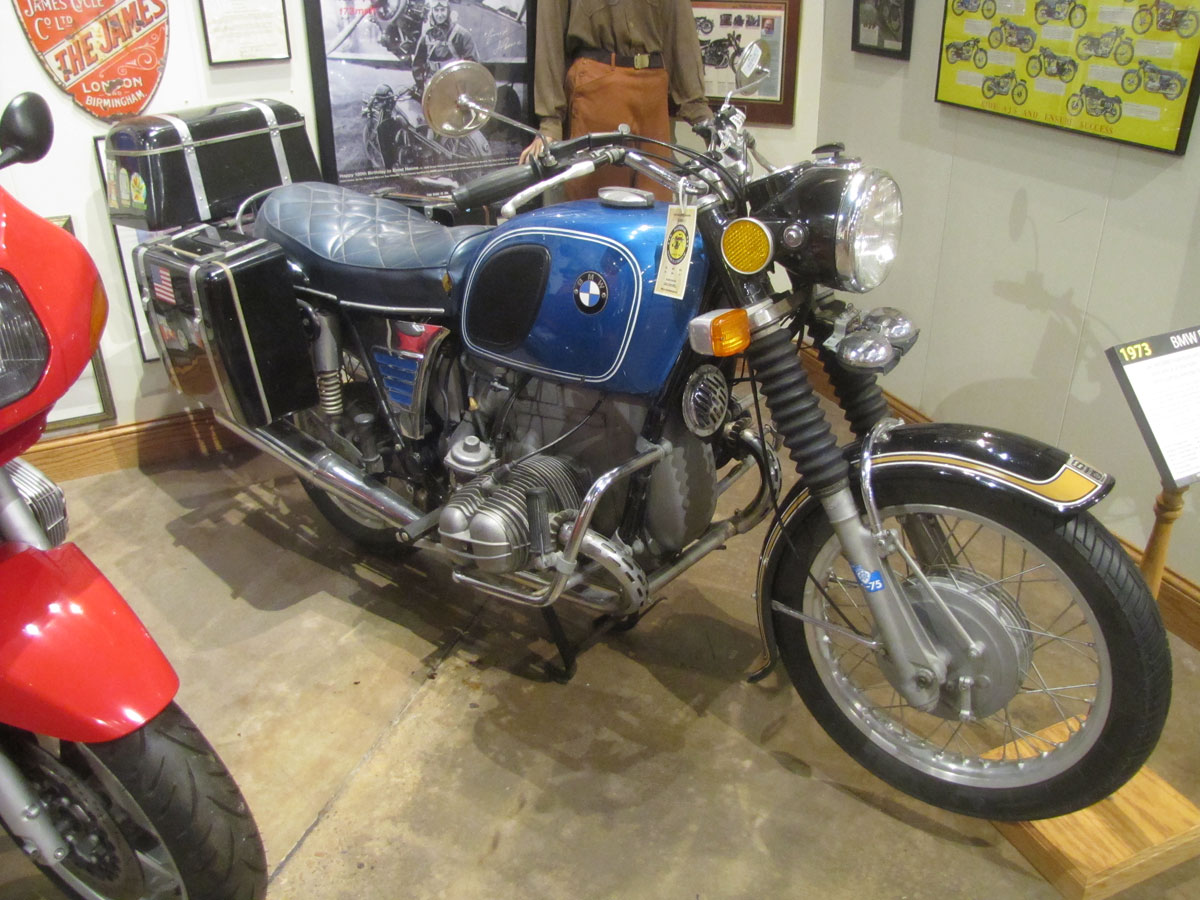
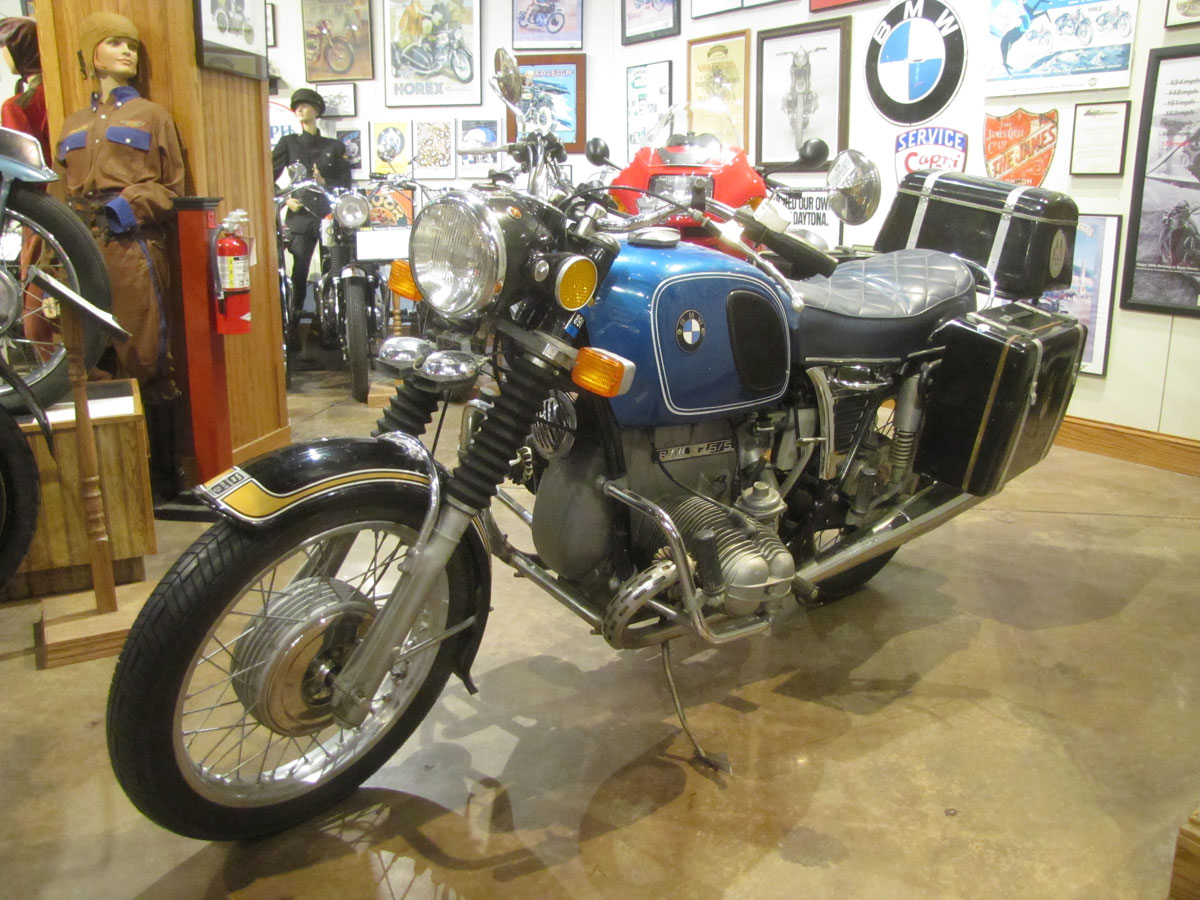
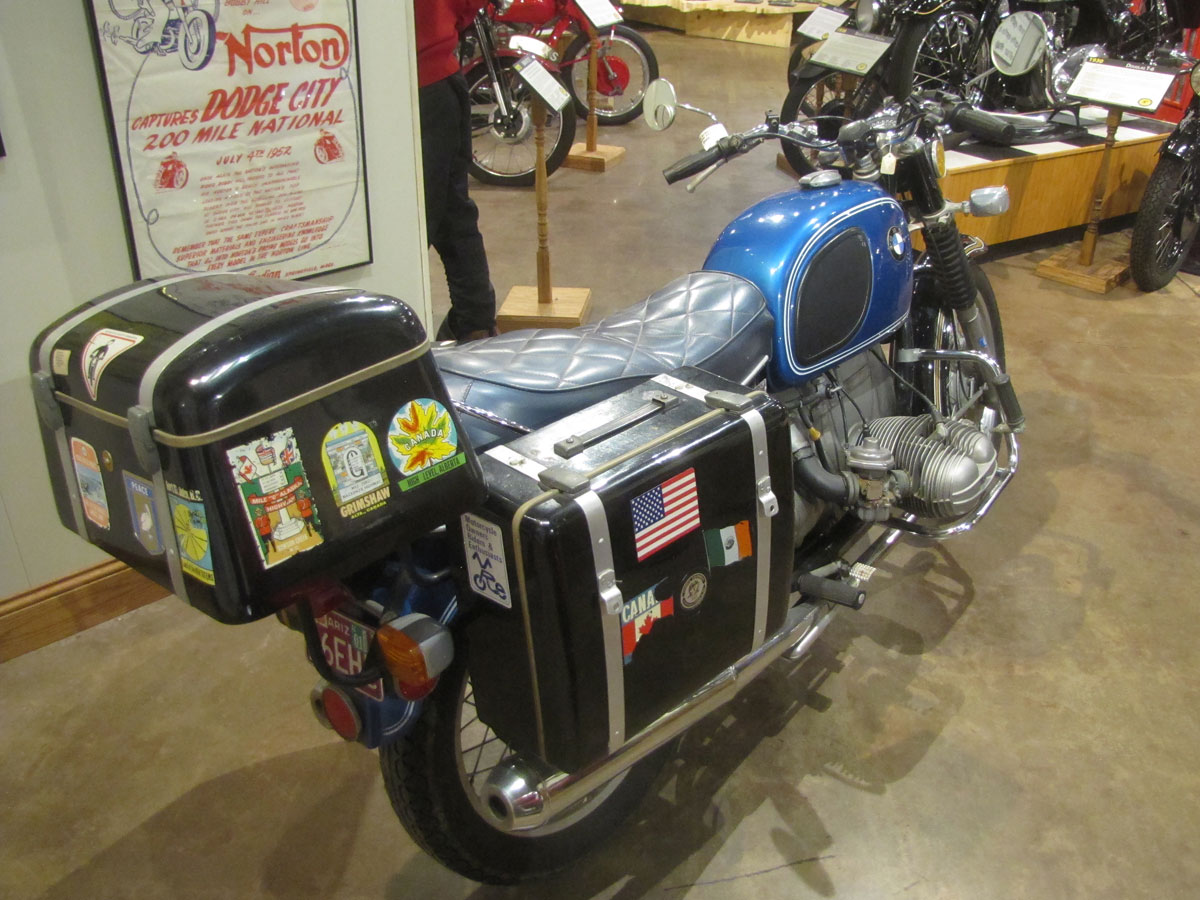
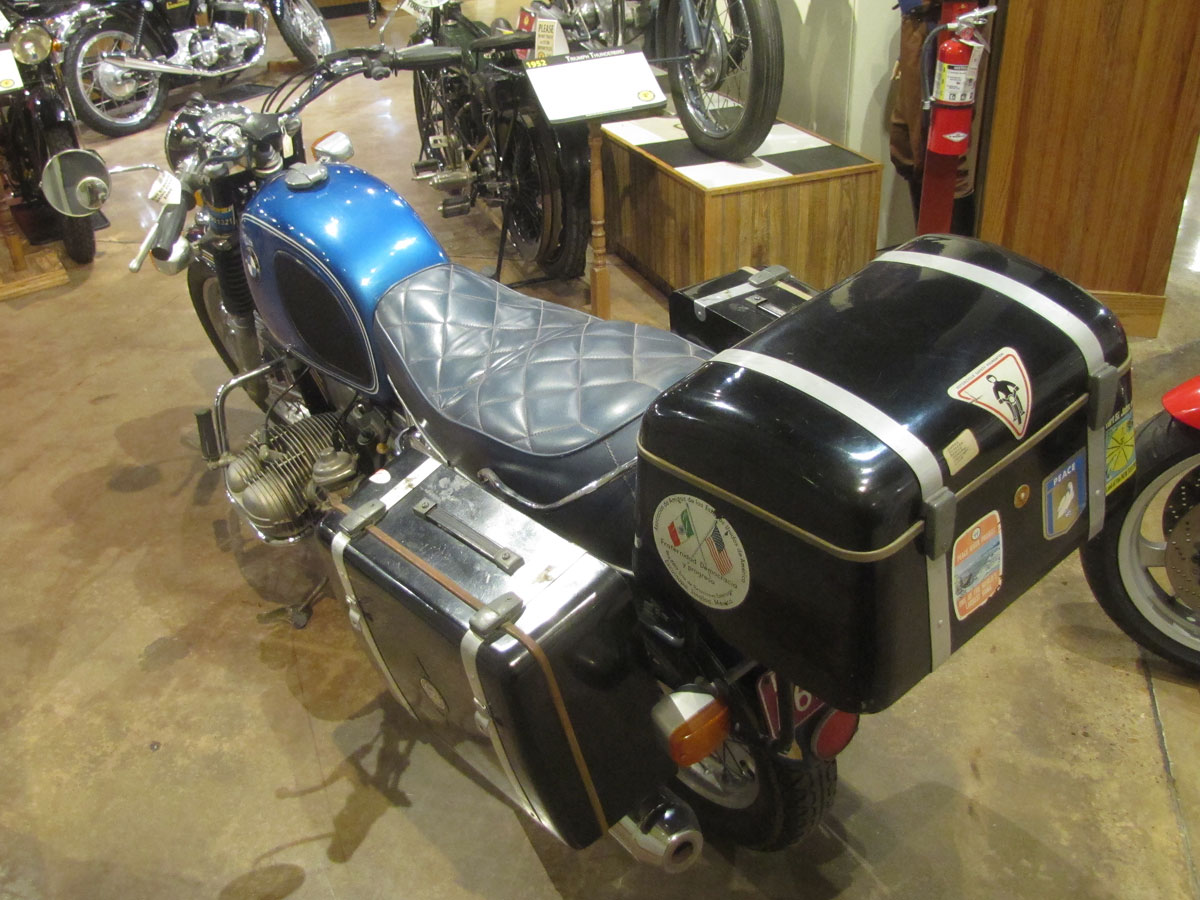
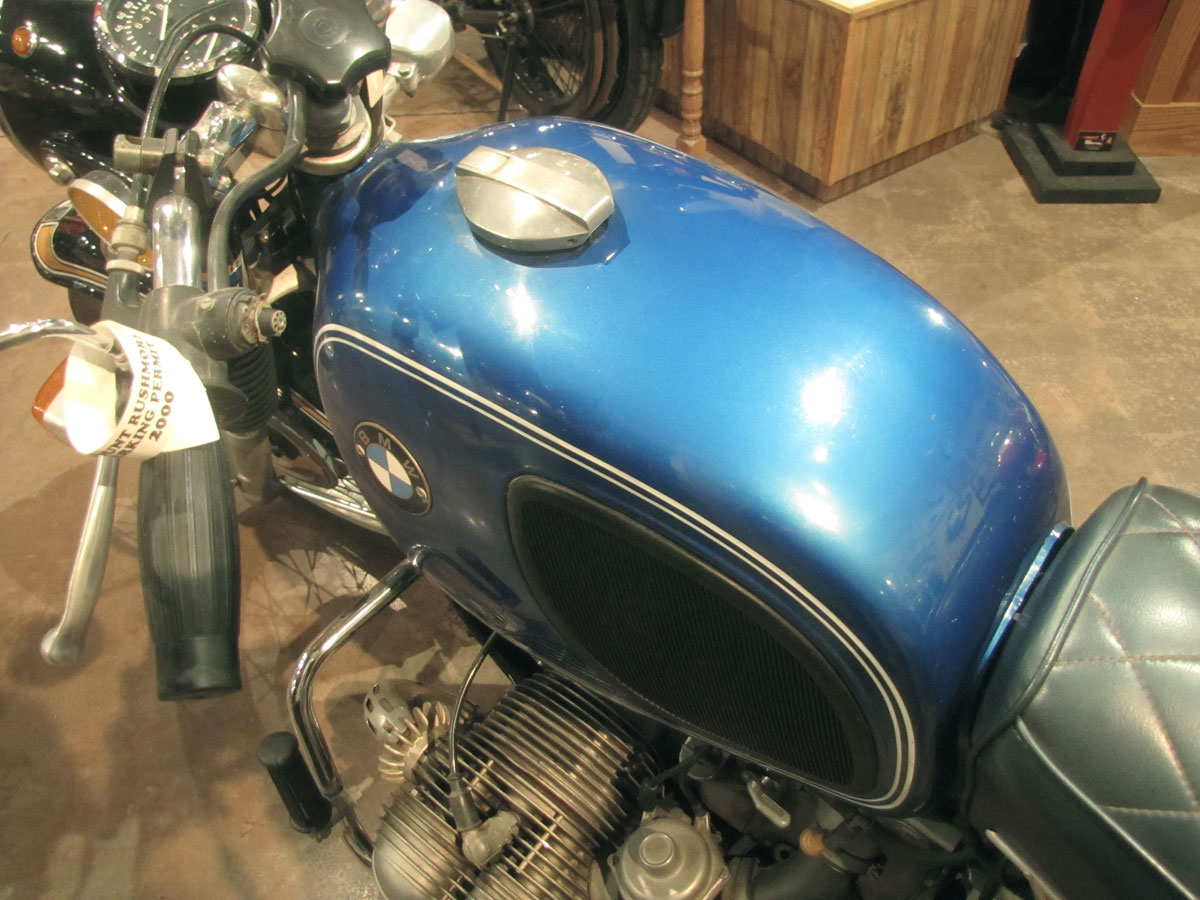

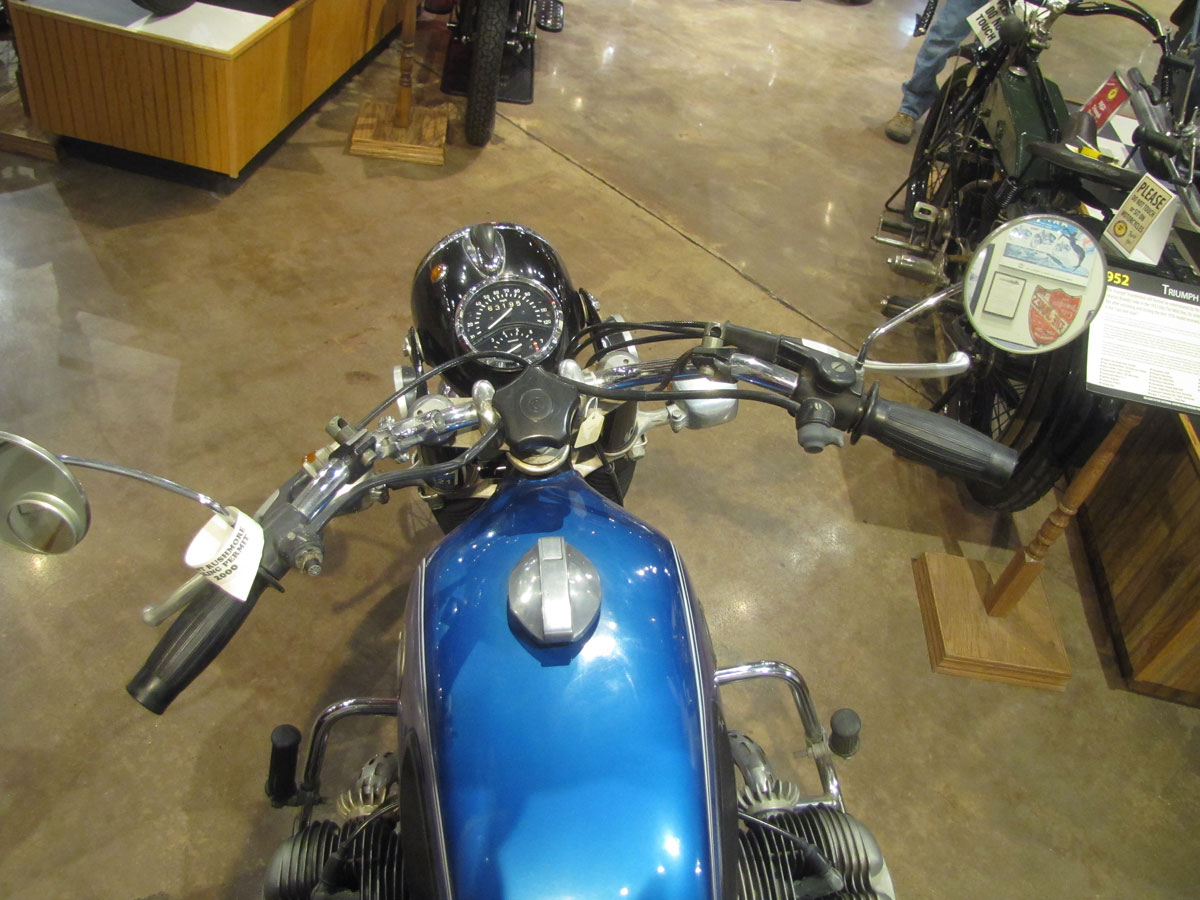
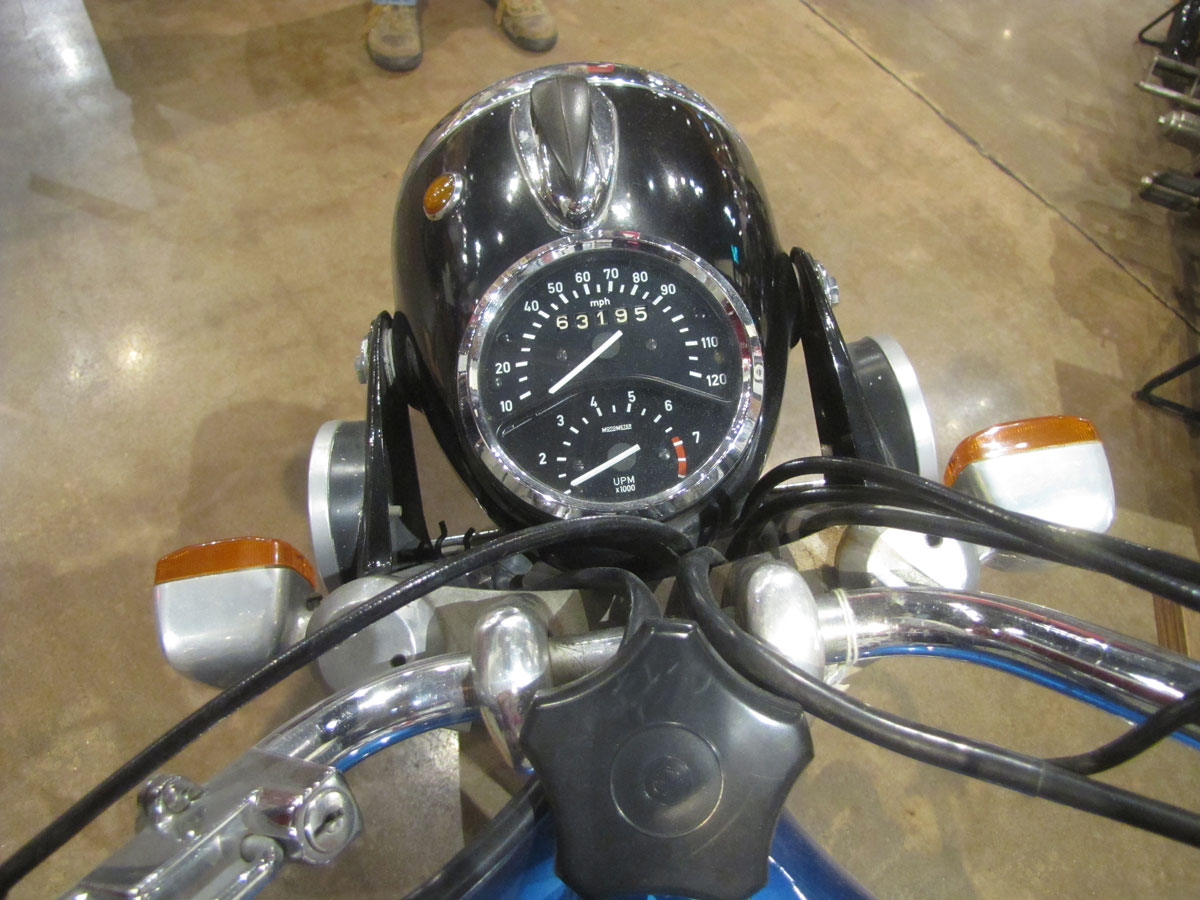
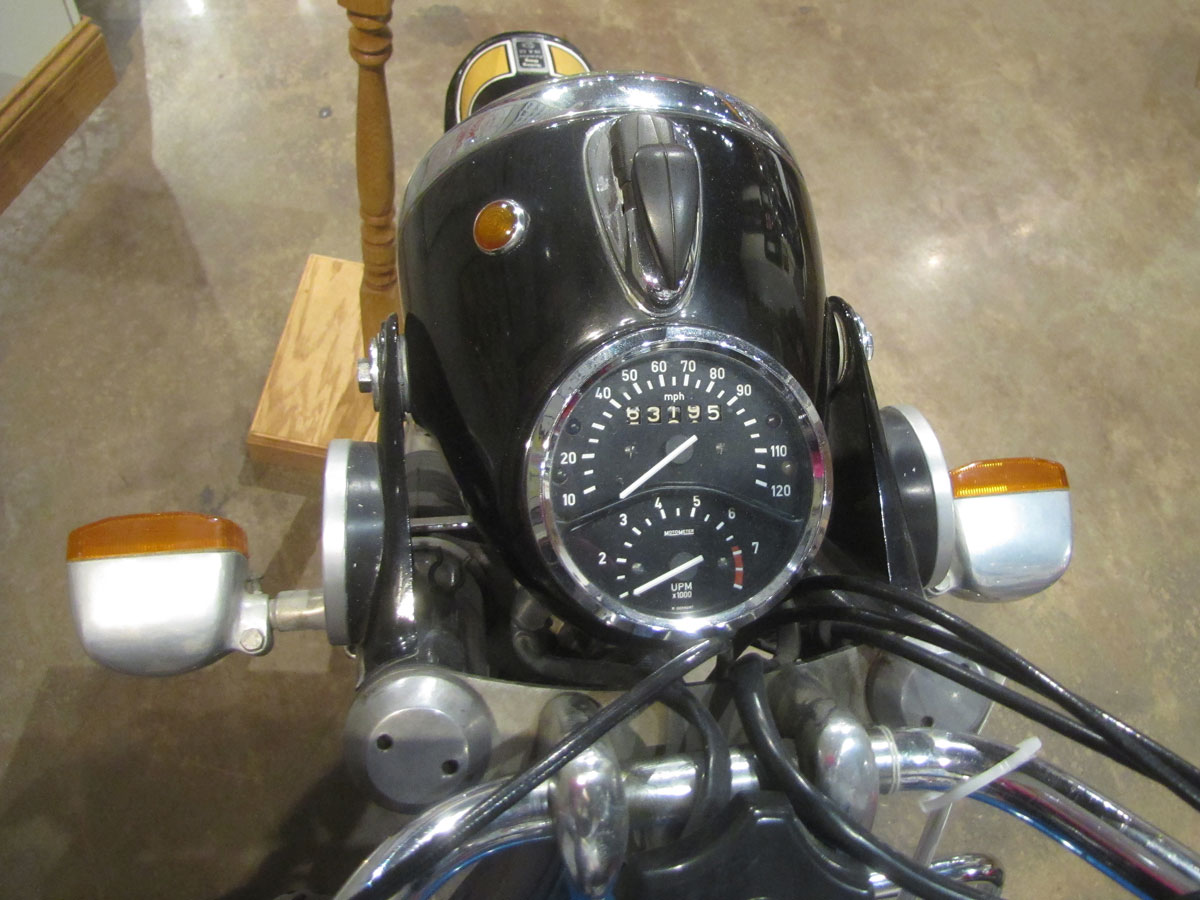
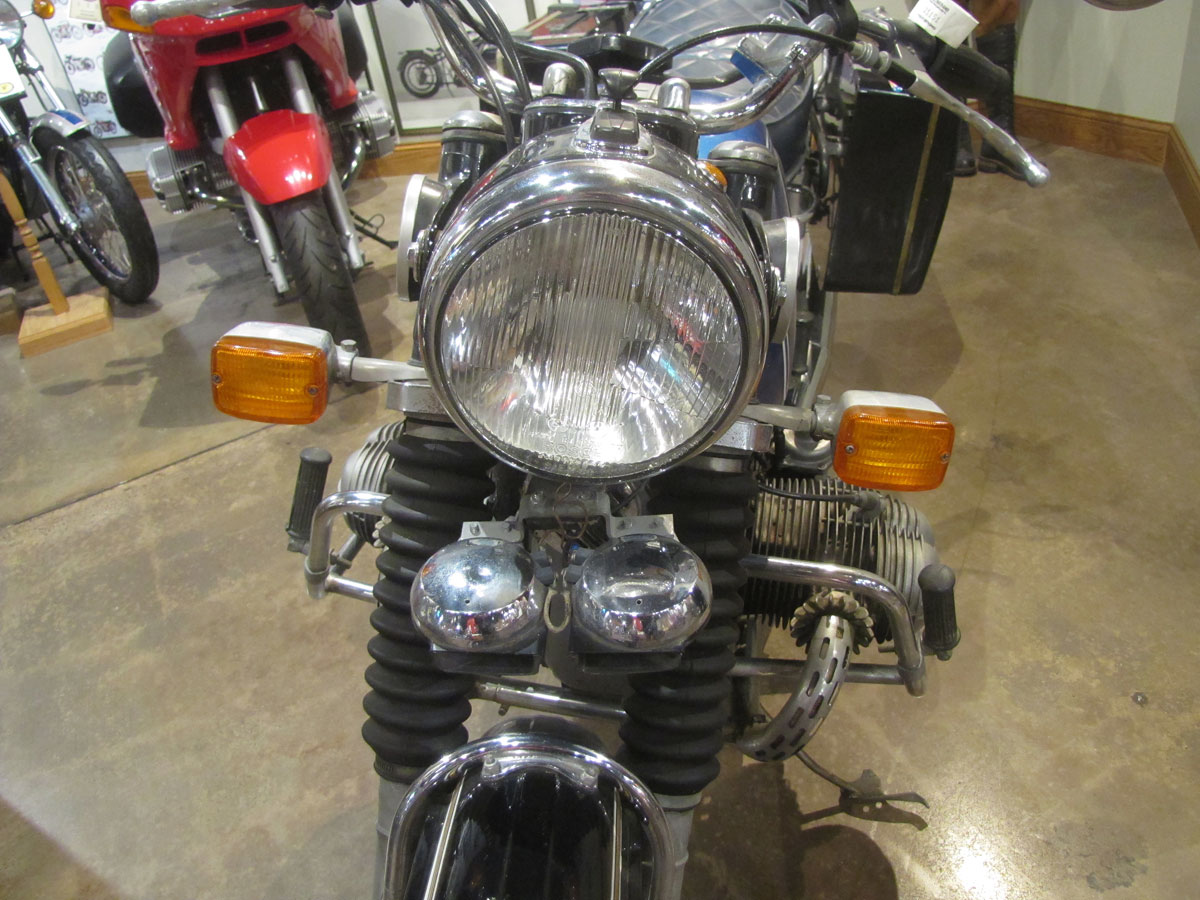

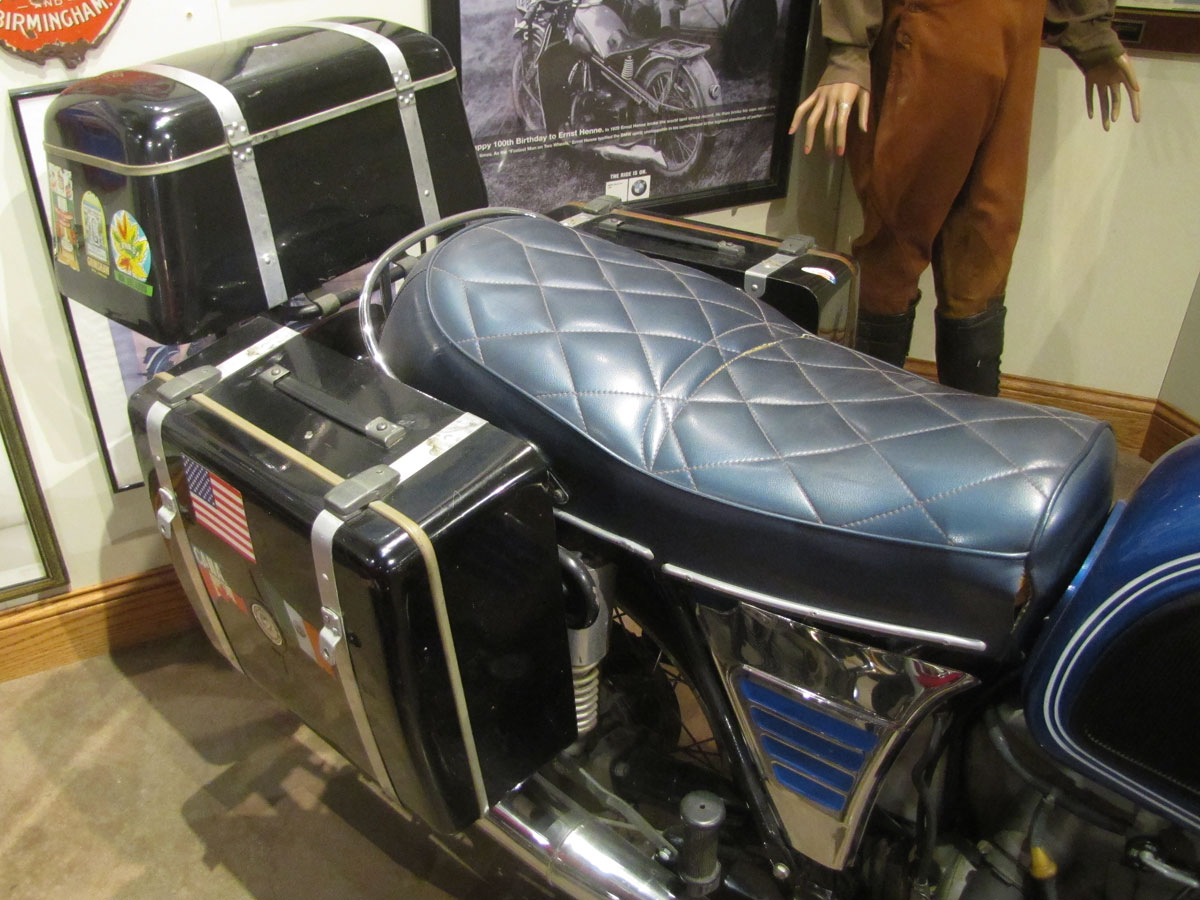
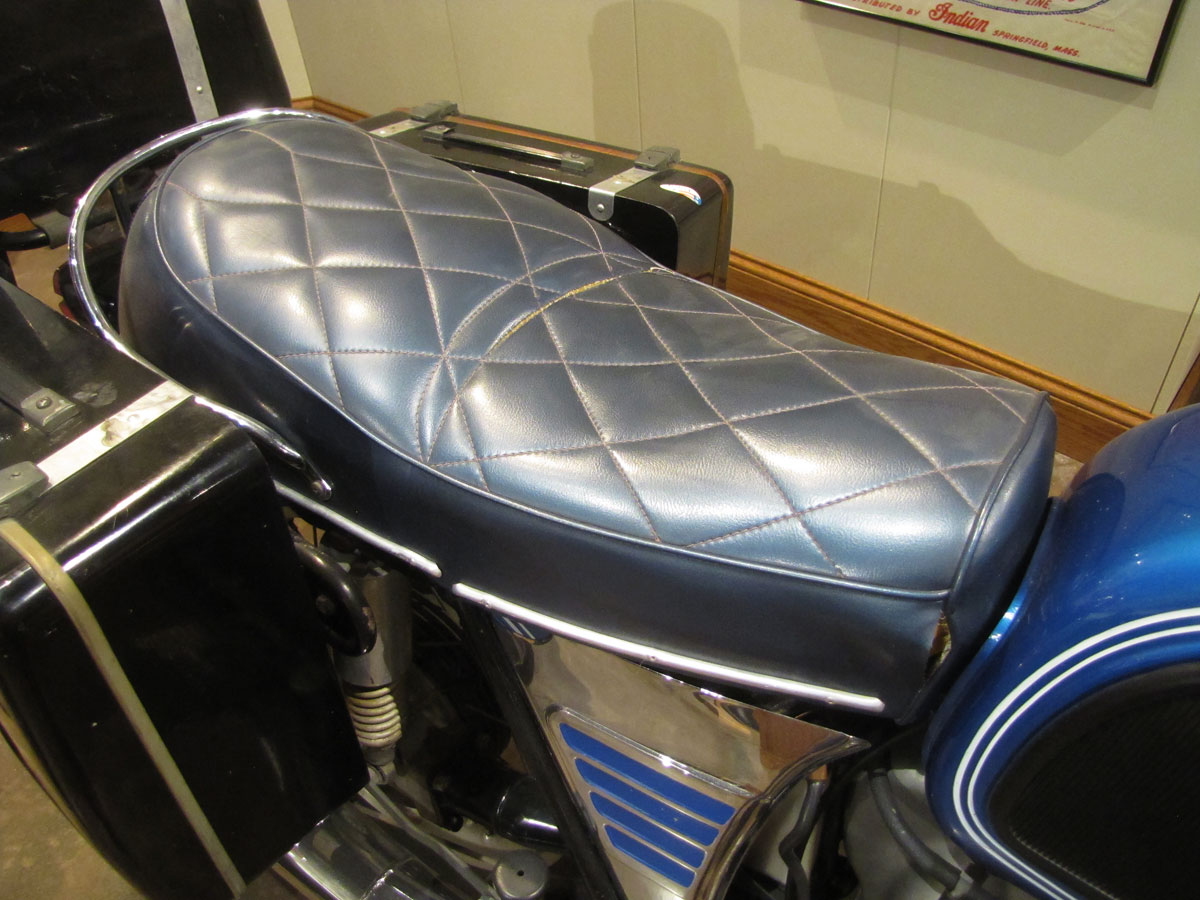
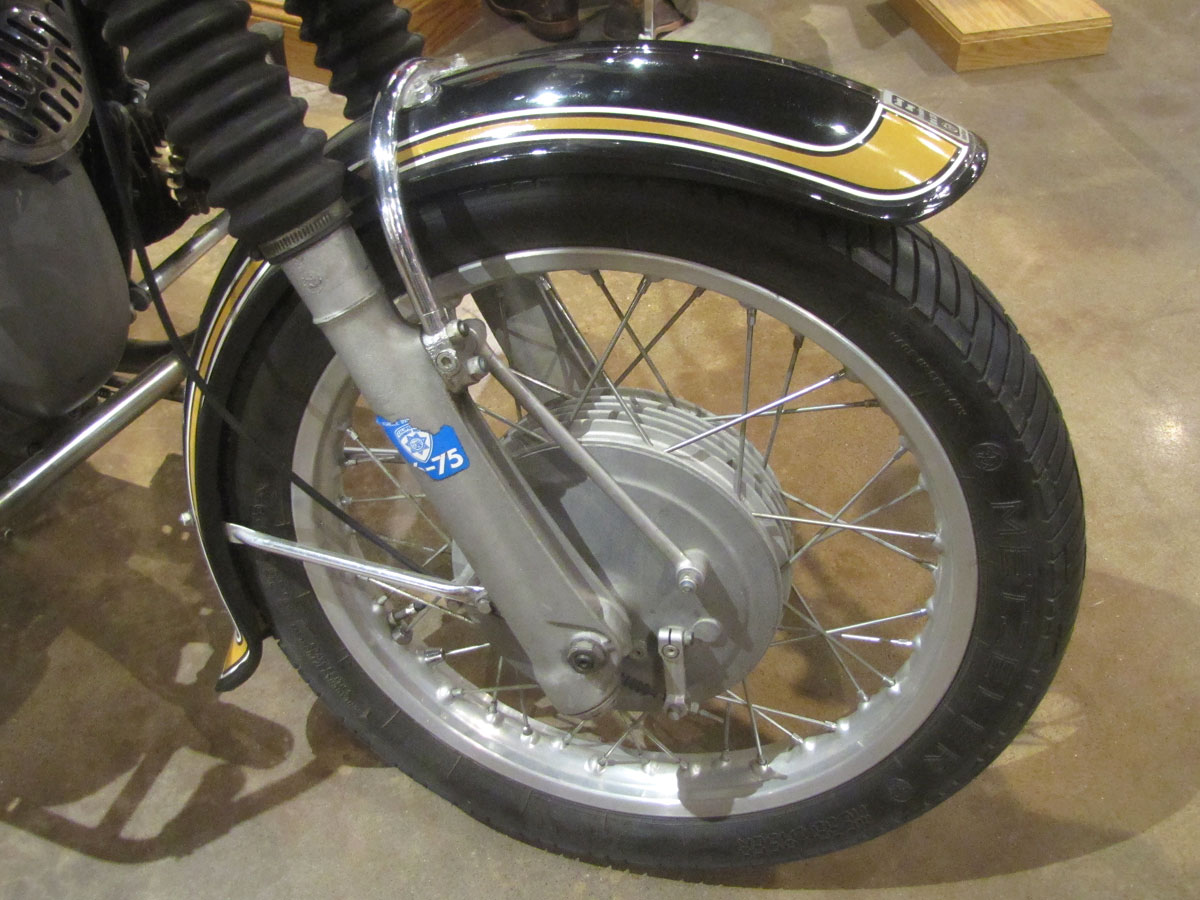
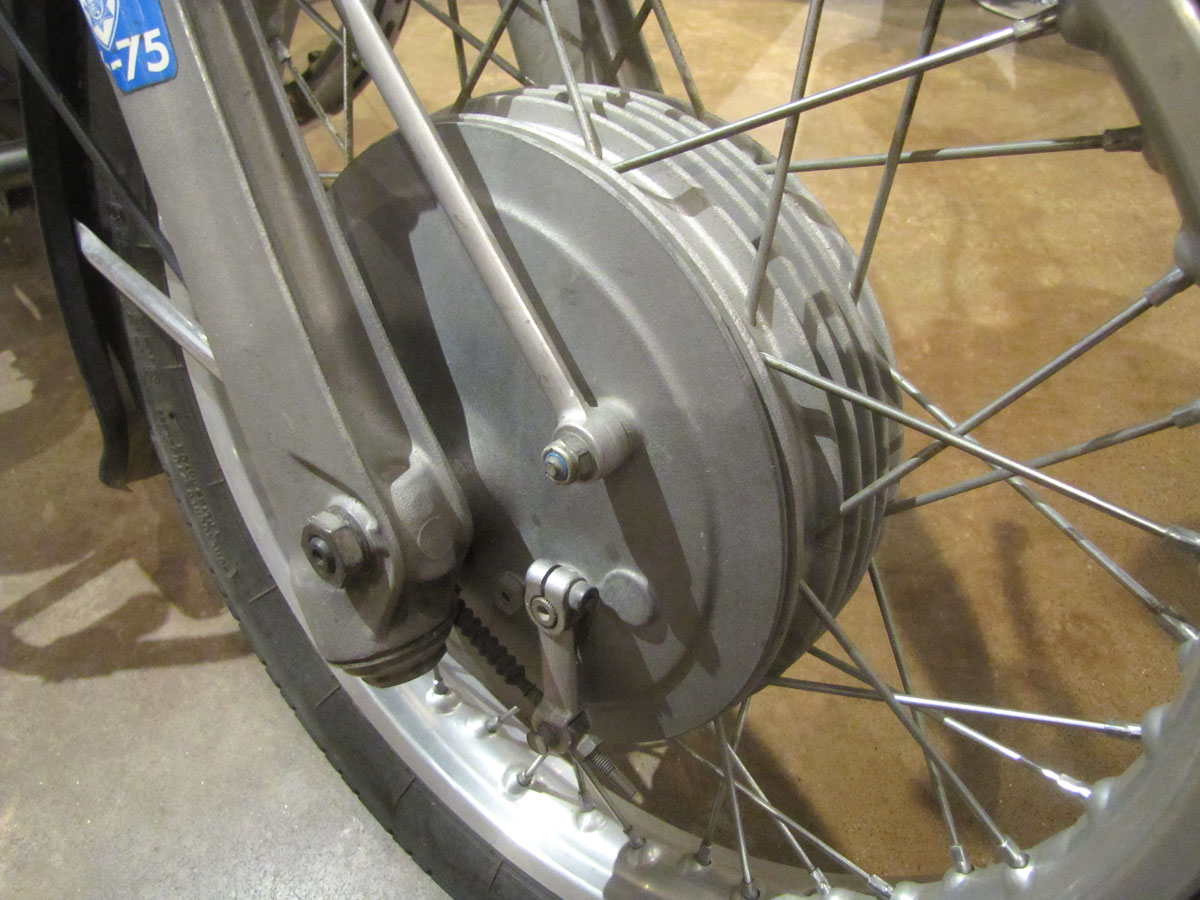
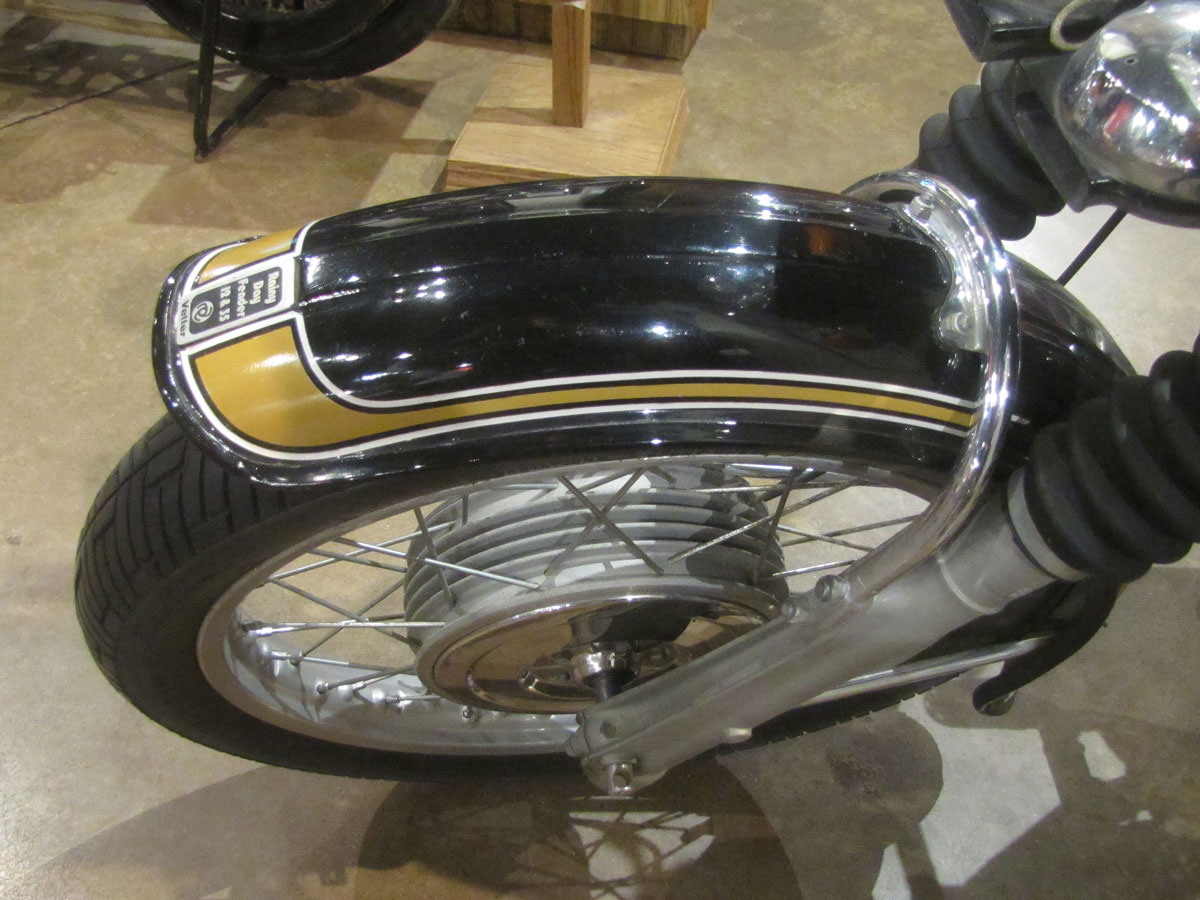
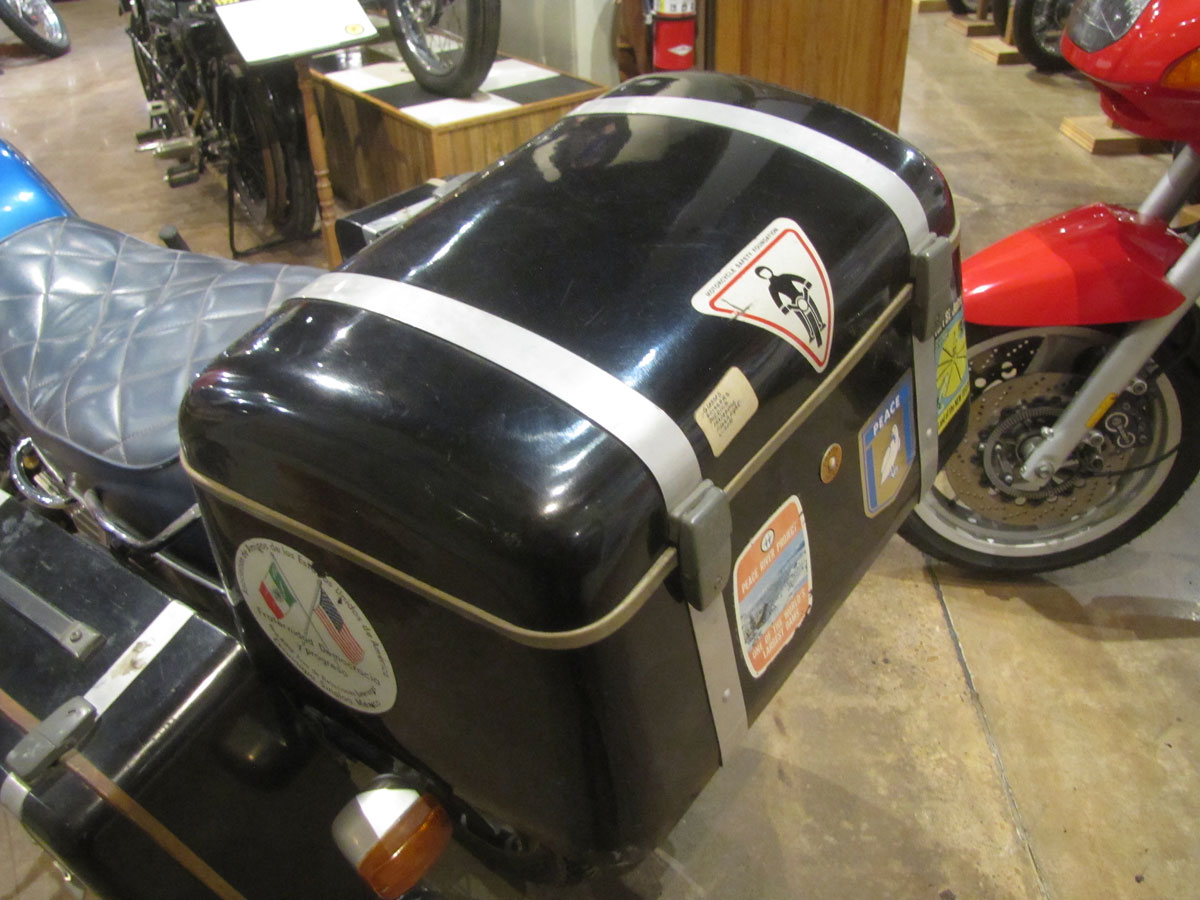
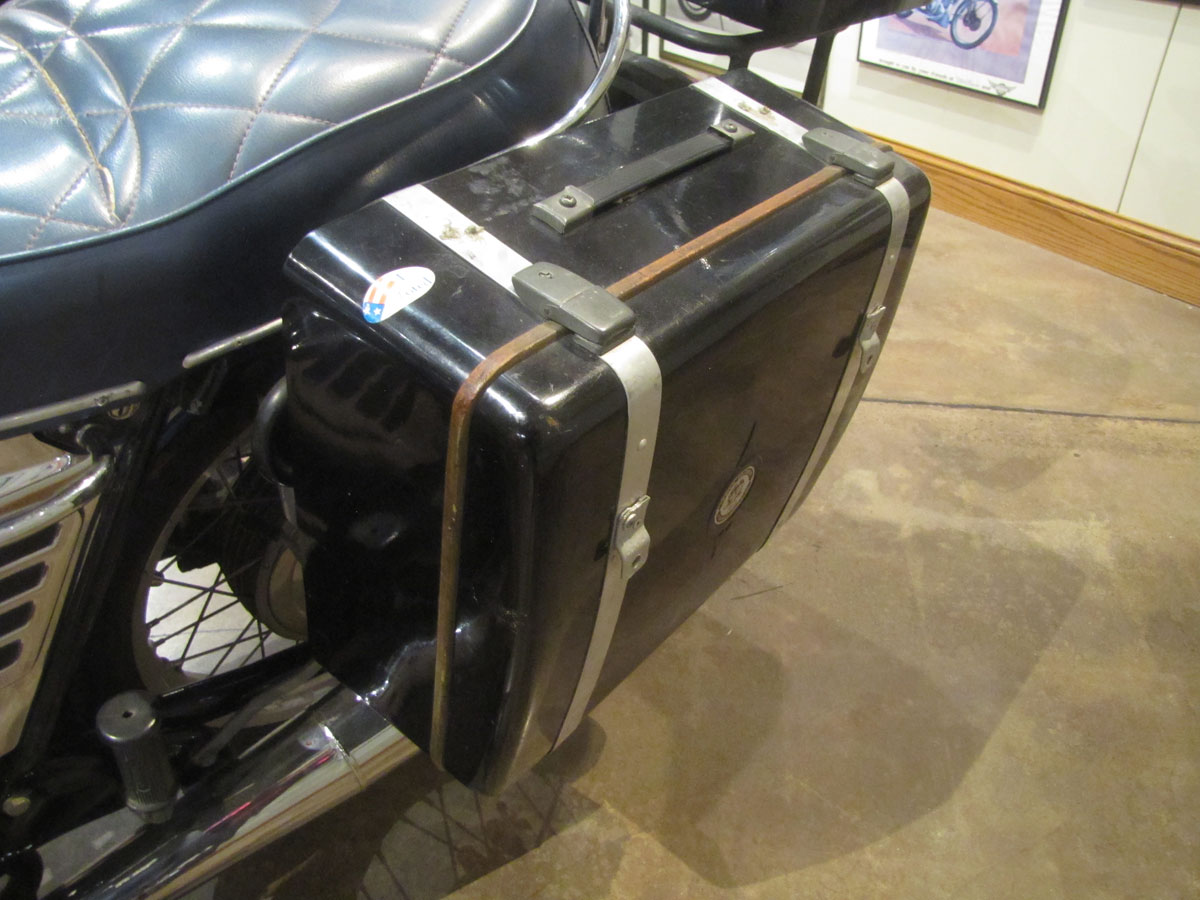
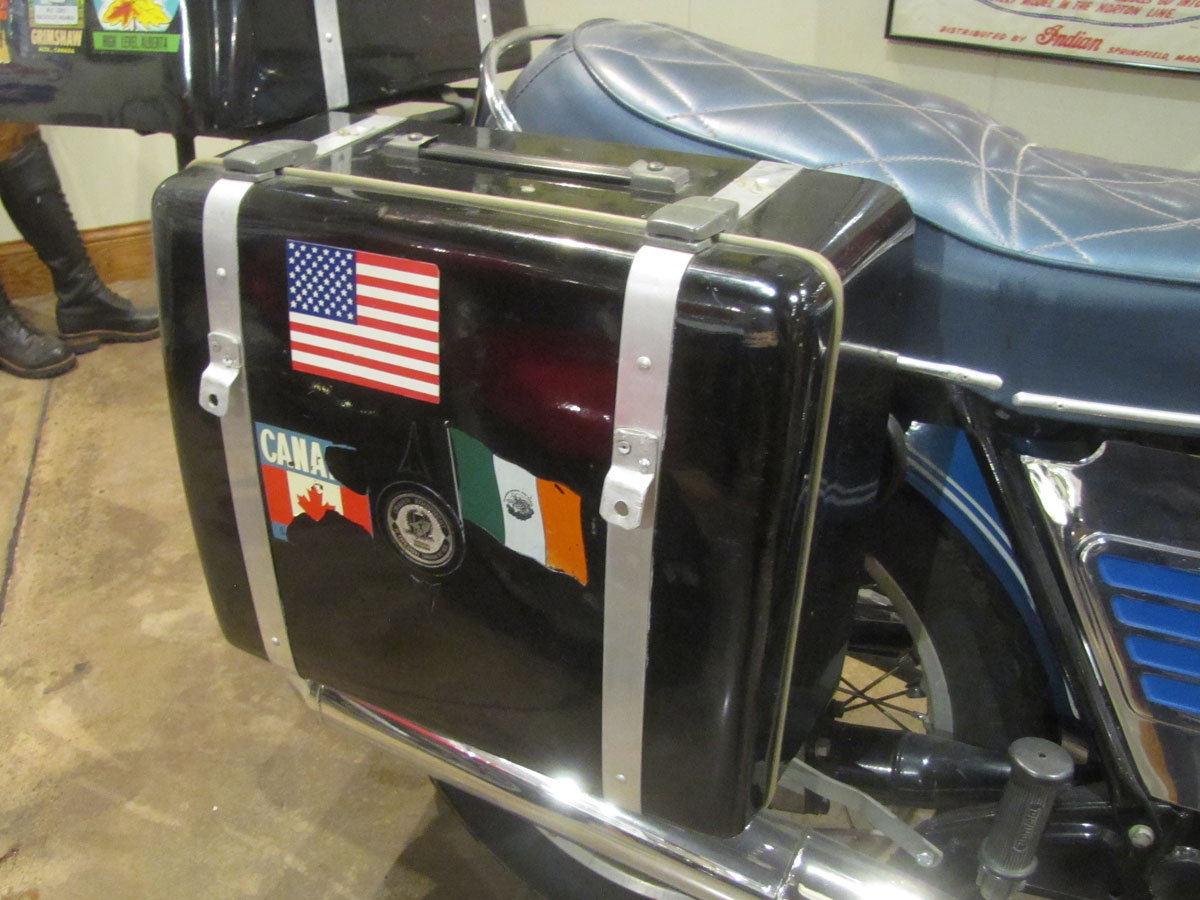
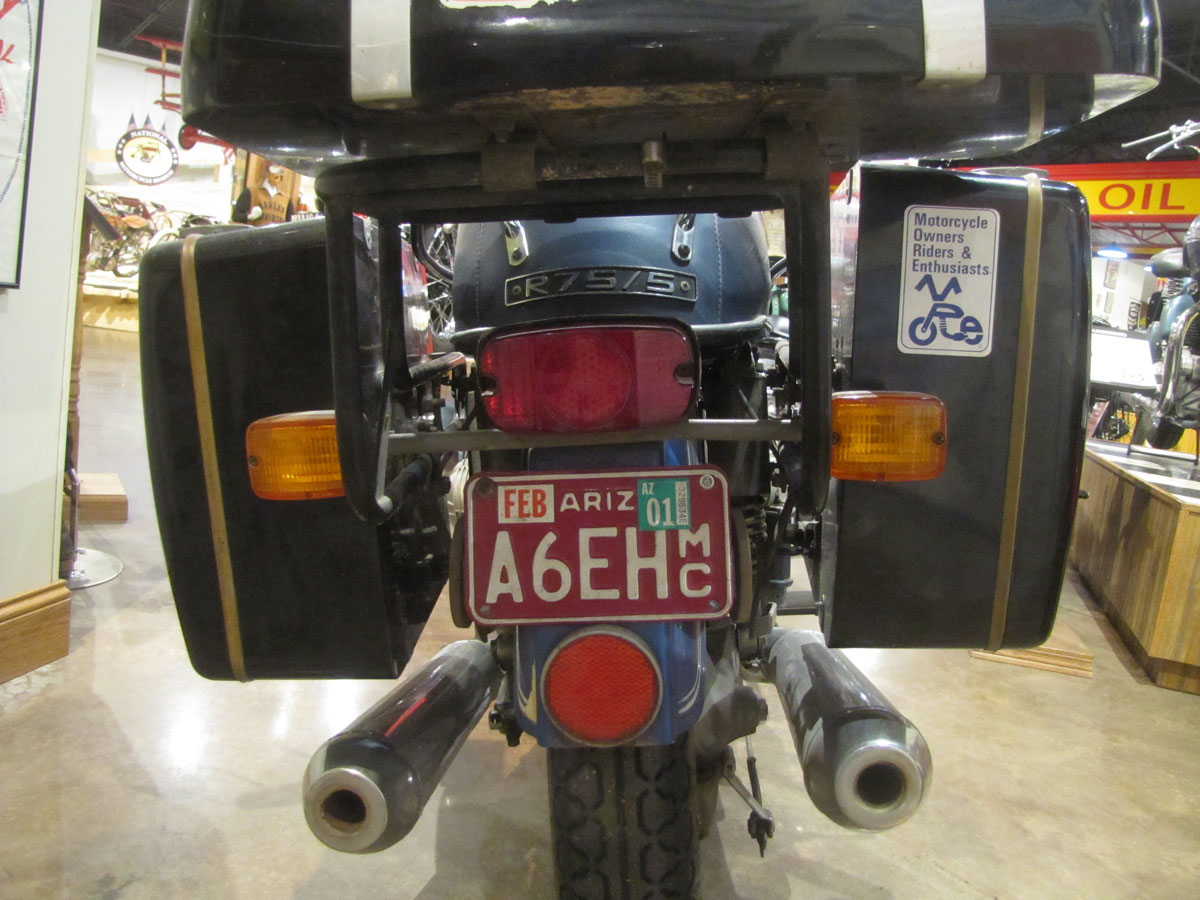
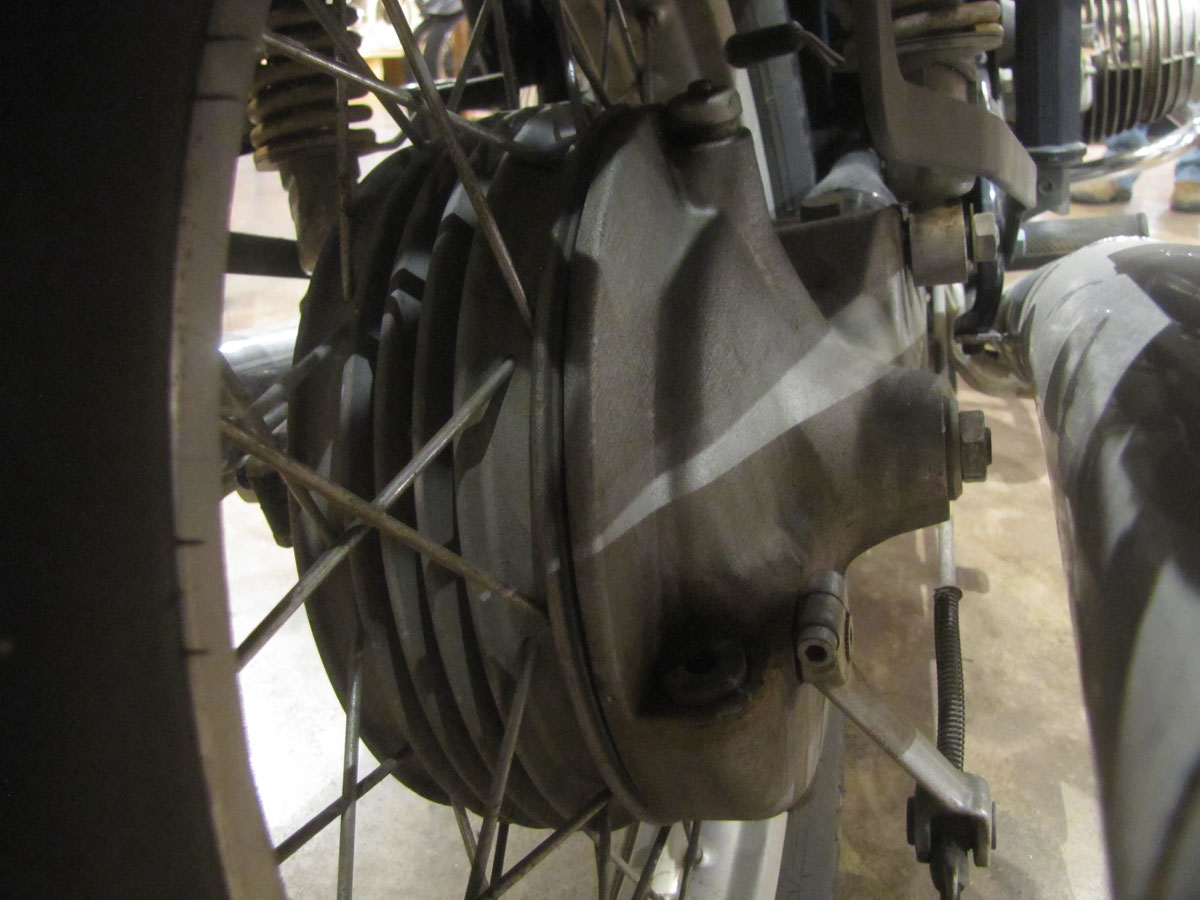
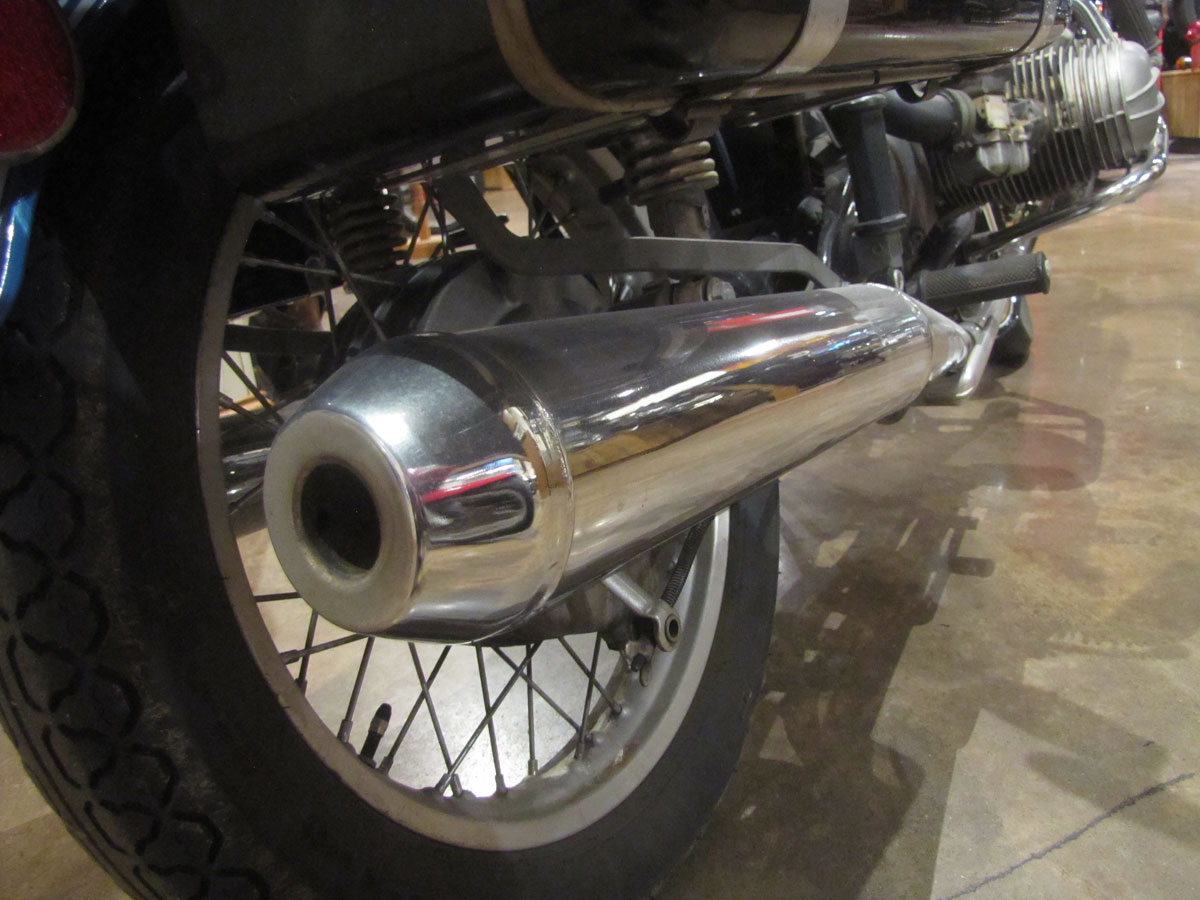
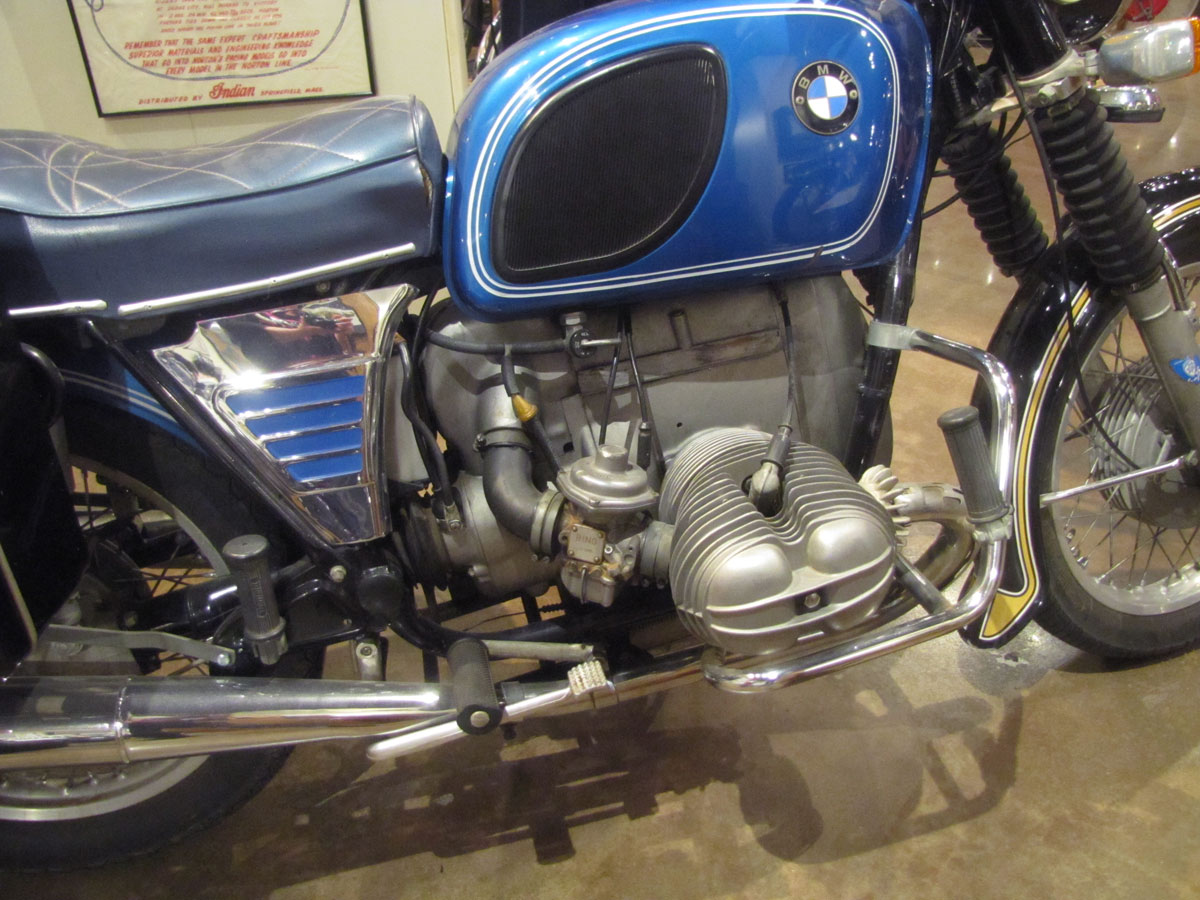
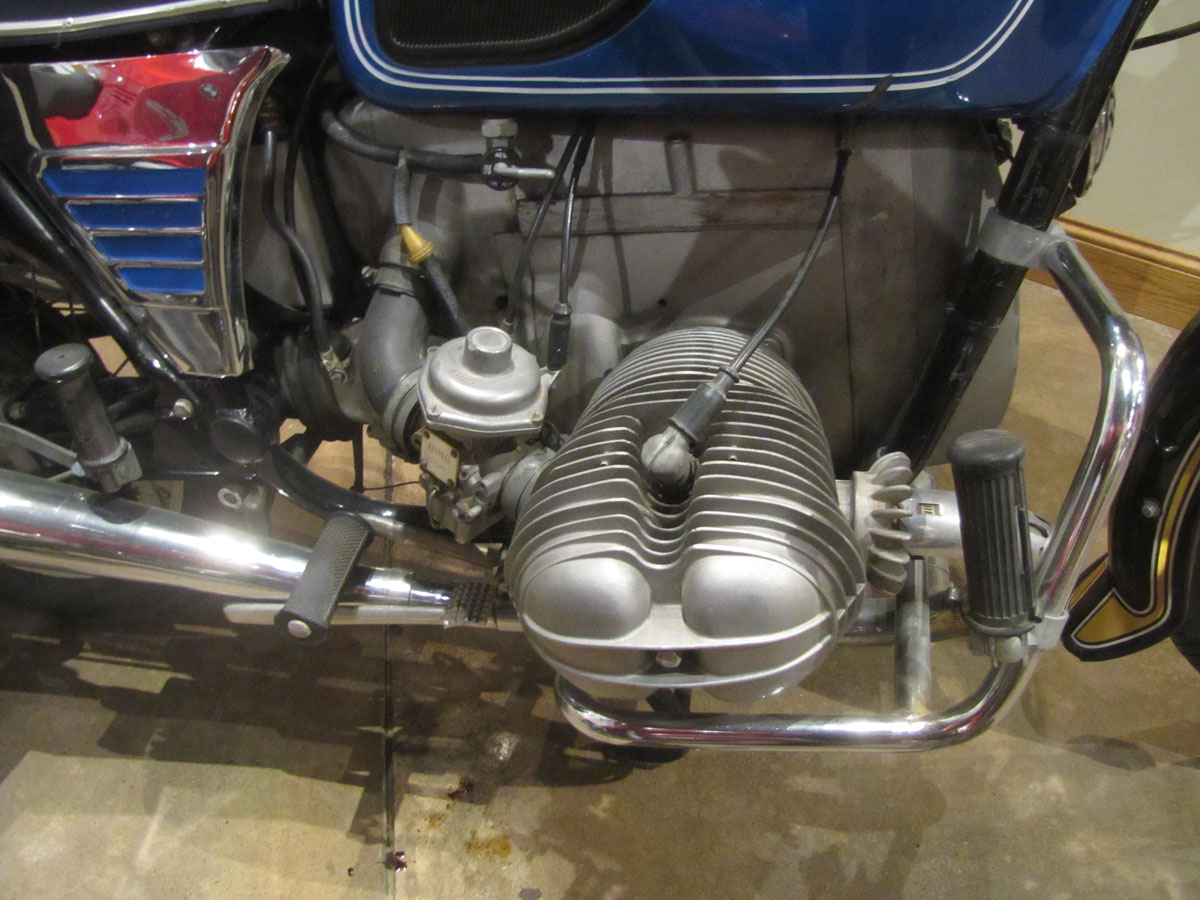
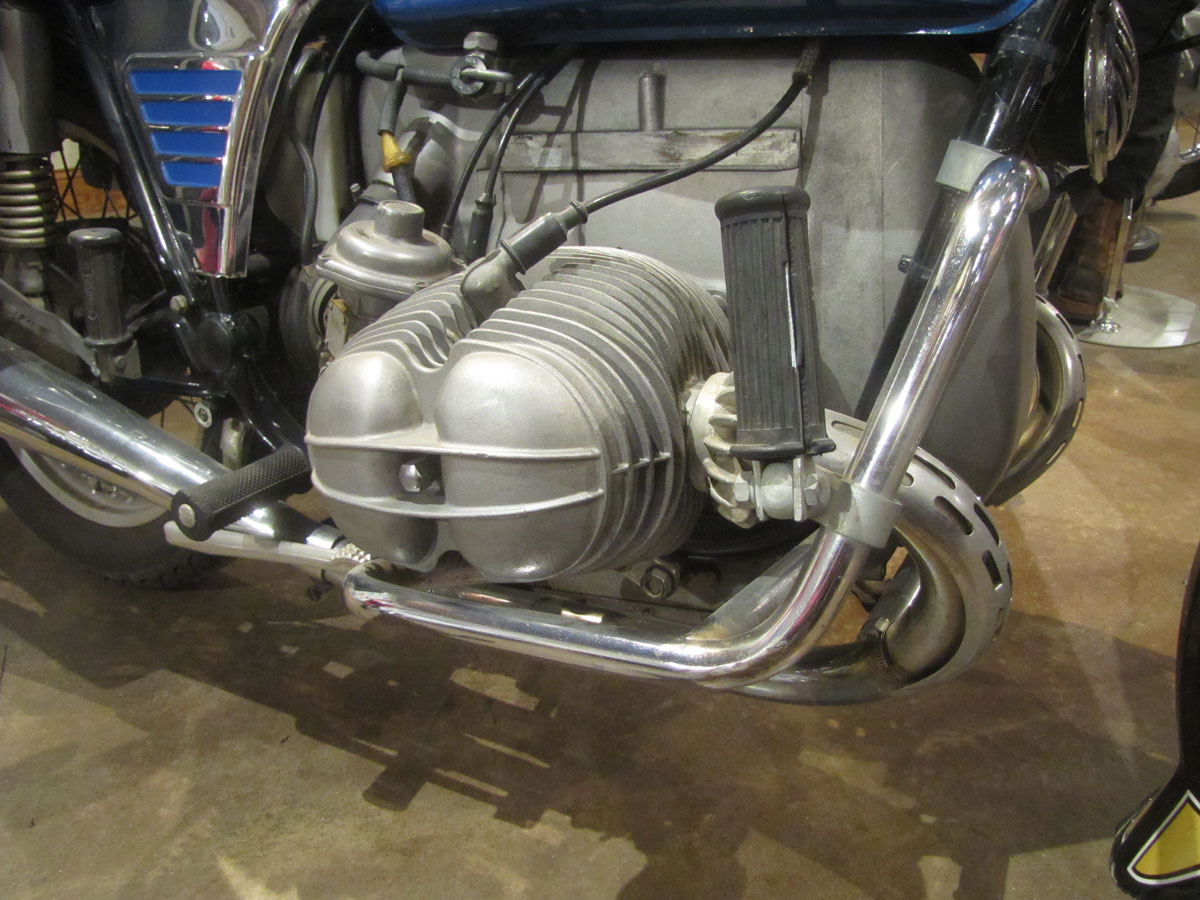
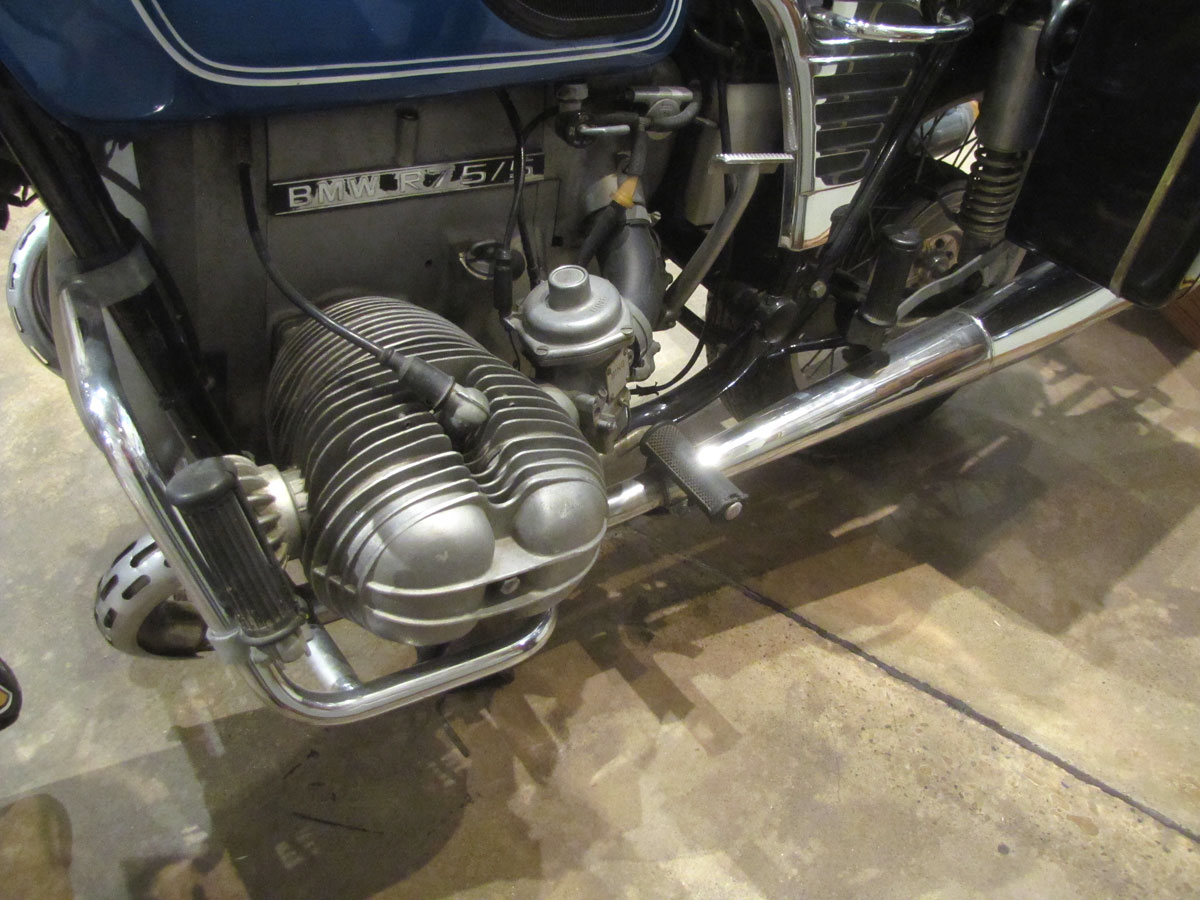
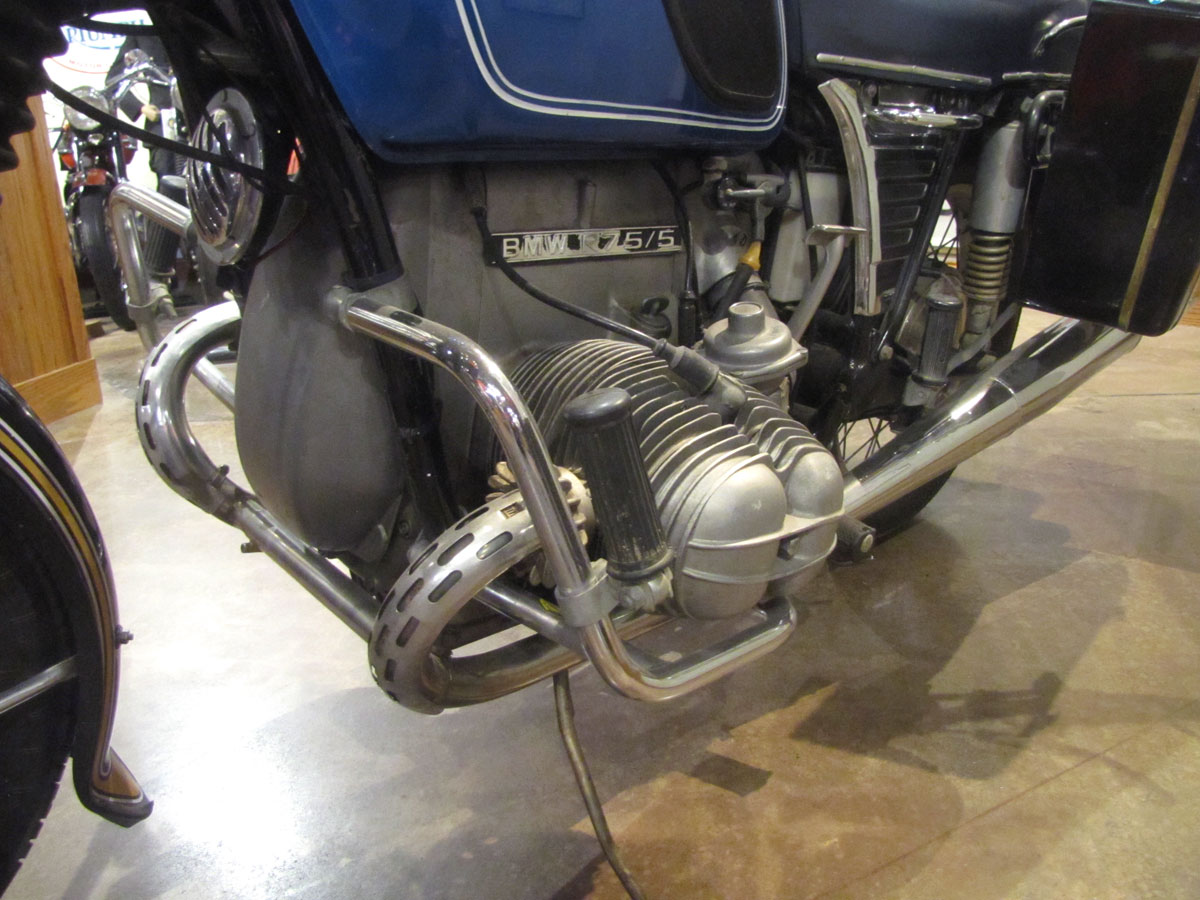
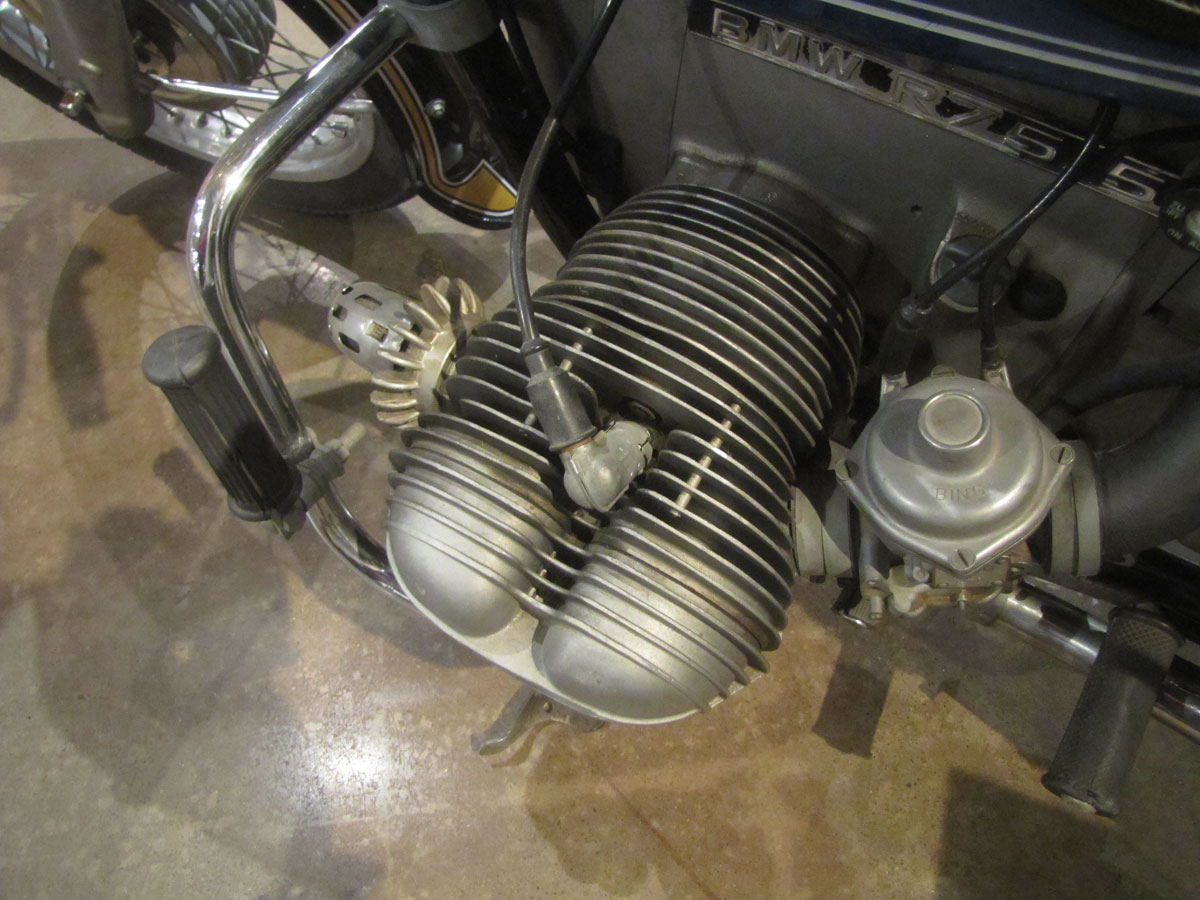
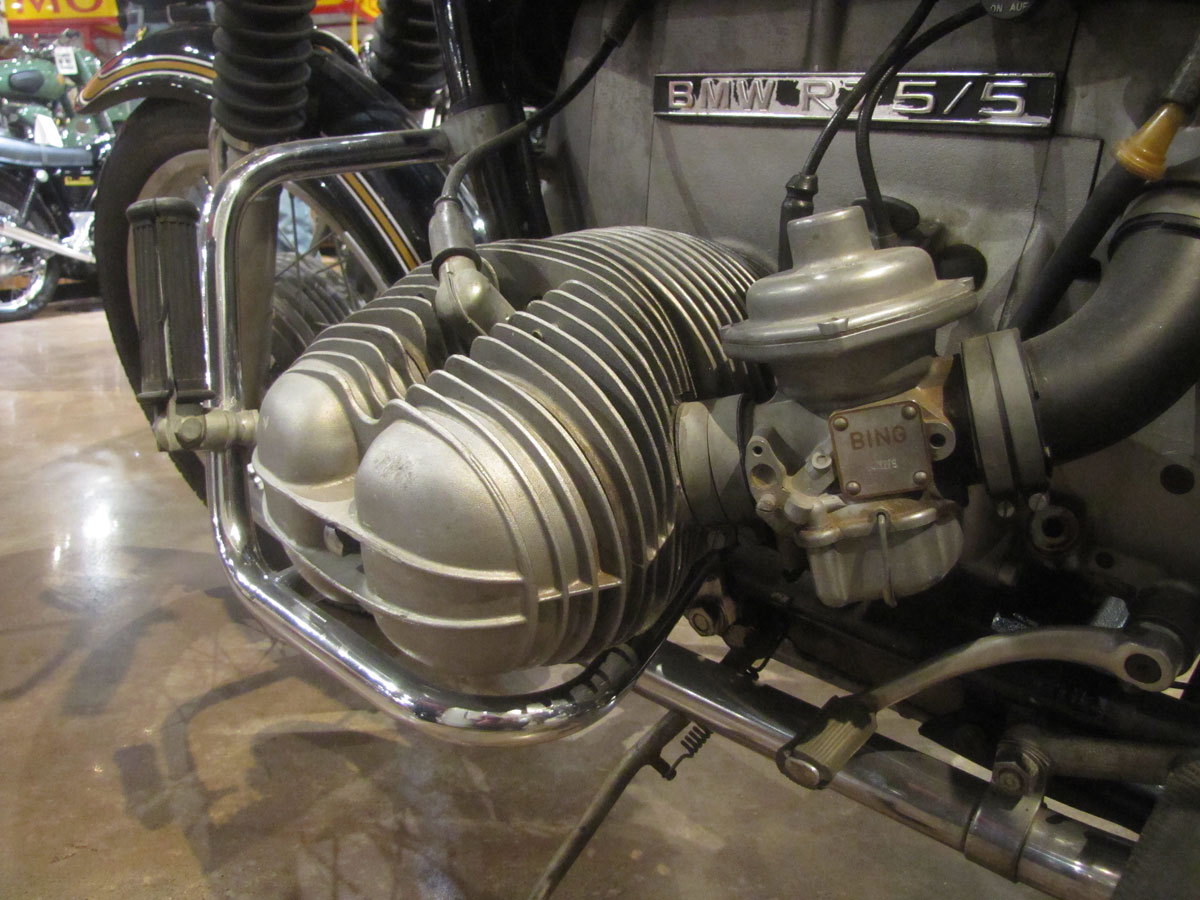


Finally, something up my alley!
“BMWs have always been known for well designed luggage, saddlebags that are well mounted, water tight and easily accessed.”
Most of this is untrue, confirmed by the vertical straps on so many Krauser bags keeping them shut! I’ve personally lost the contents of one along the side of a highway. The less-common Hepco & Becker saddlebags are much better, as I’m guessing these Craven ones are, though I’ve never heard of that brand before.
They’re excellent bikes, and some riders prefer the short wheel base (SWB) models to the LWB models. I find my airhead is much happier off the highway. Still others who do frequent the superslab can have their SWB rides extended.
Sorry, but in 1973, no one was looking seriously at Kawasaki as making a touring bike. In addition to BMW, H-D and Honda, the brand you missed was Moto Guzzi, with the Ambassador. As good a tourer as any of them, and some are still doing the very long hauls – just ask Nick Adams.
Charlie has a good point about the Krausers – but those straps weren’t to keep the lids on, they were to keep the bags from falling off! Believe me, I know of what I speak.
Great to see this /5 bike featured. In 1971 and 1972 my buddy Tom and I had enough of my Harley Sportster CH and his Norton 750 Scrambler, so I bought a new 71 R75/5, and he followed with a 1972 /5 ” toaster Tank”.
After our cross-country trip in 1969 on the old bikes, that vibrated themselves to bits on a regular basis, we thought we had ascended to heaven aboard our new BMW bikes. They were quiet, smooth, powerful, comfortable, reliable and easy to self-maintain on the road. How reliable you ask? Over 50 years have passed, and we still have and ride these wonderful motorcycles.